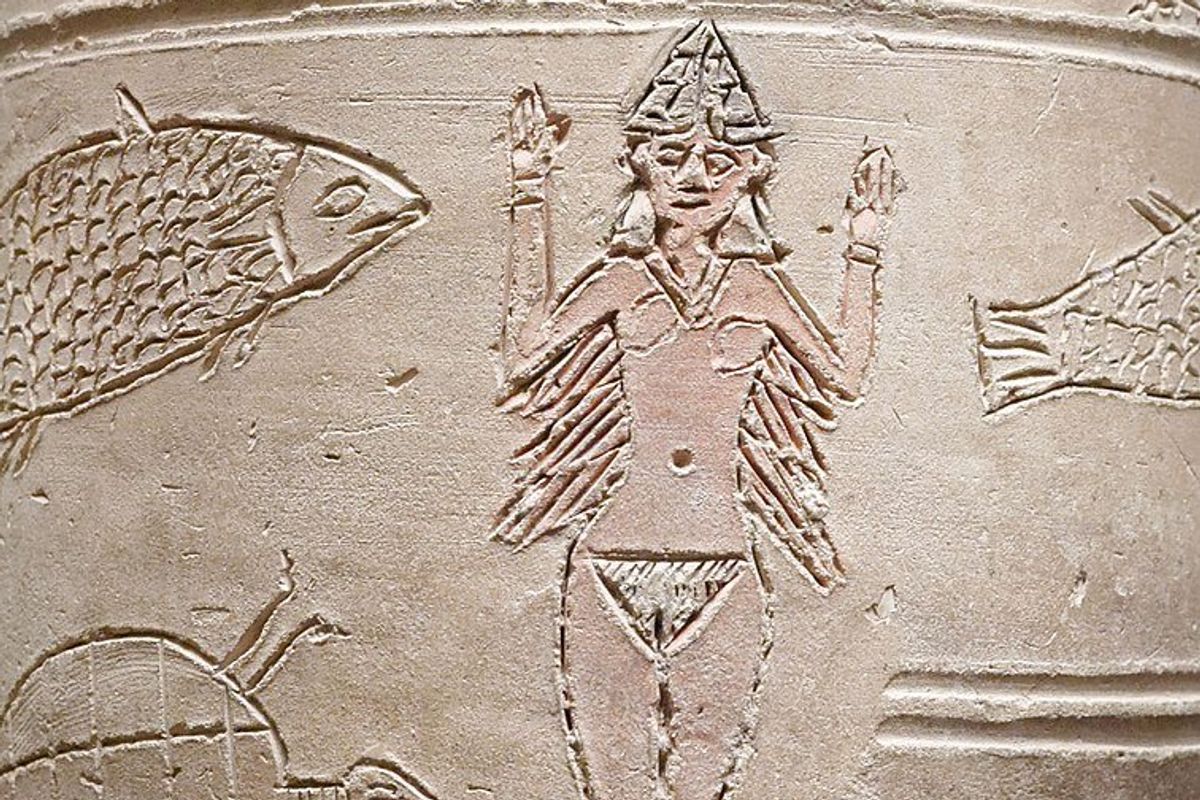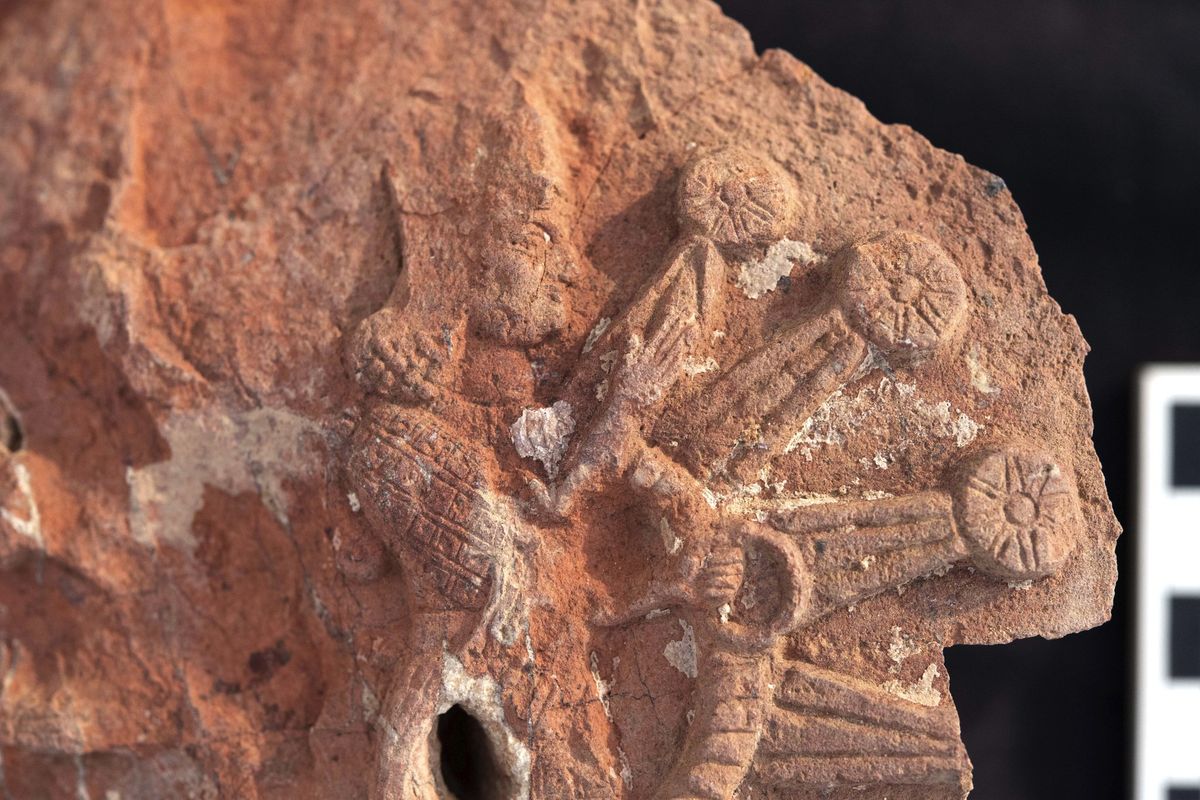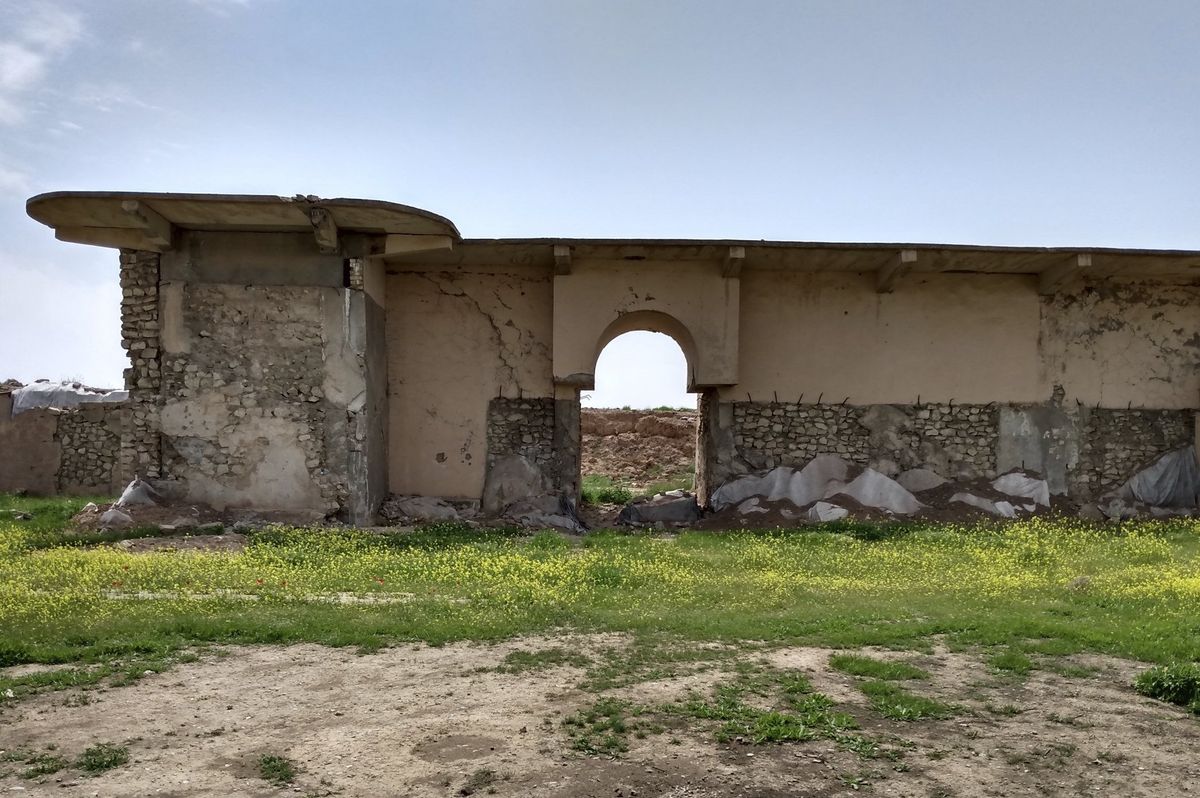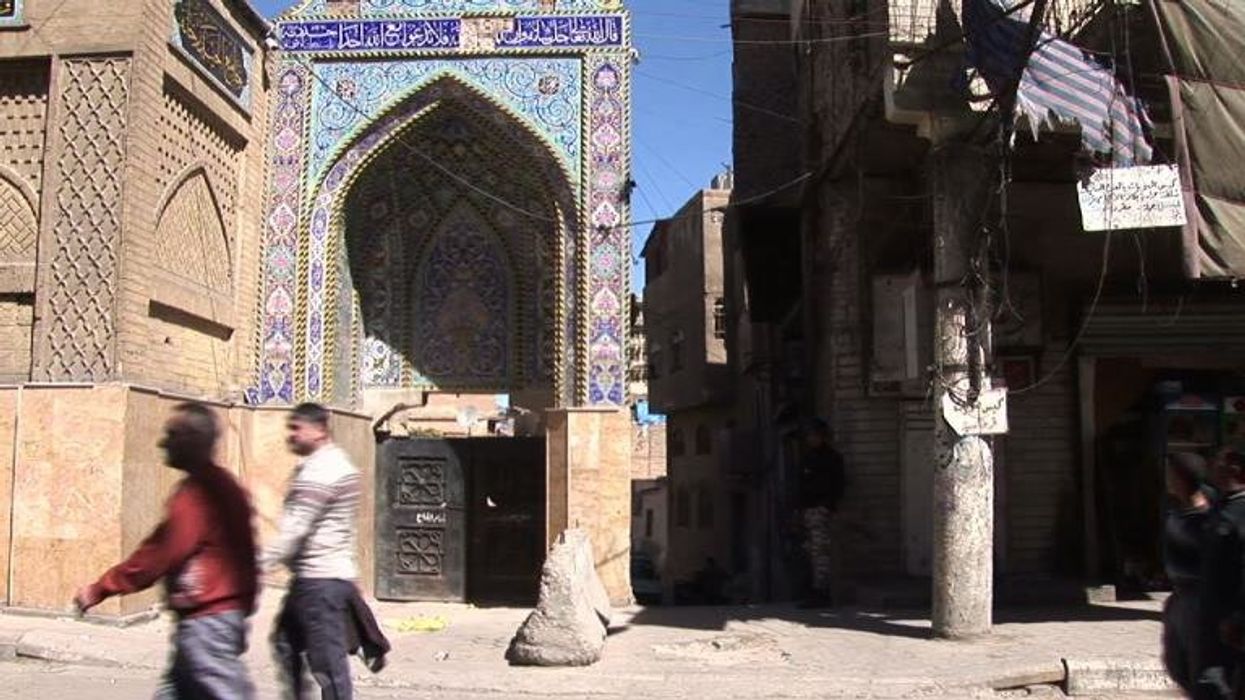Harriet Brewis
Jun 26, 2023
Reactions in Baghdad after IS bulldozed ancient city of Nimrud
content.jwplatform.com
The ancient Assyrian capital of Nimrud was once considered one of the most important archaeological finds in the world.
Experts first began excavating the 3,000-year-old city, which is located in present-day Iraq, back in the 1840s, unearthing the remains of palaces, sculptures and some of the earliest examples of writing known to man.
However, in 2015, the world-famous heritage site was smashed to pieces by ruthless ISIS fighters, who blew up priceless artefacts or tore them down with their bare hands, driven by what UNESCO condemned as hate-driven “cultural cleansing”.
And yet, all was not lost in that terrible crusade, with new discoveries proving that the area still has much to teach us about our history.
Sign up for our free Indy100 weekly newsletter
Archeologists have only recently been able to return to Nimrud, years after it was recaptured from the so-called Islamic State by Iraqi forces.
And, earlier this year, a team from the Iraqi State Board of Antiquities and Heritage and the University of Pennsylvania resumed excavation work on a 3,000-year-old temple that was dedicated to the Mesopotamian deity Ishtar.
The goddess of love and war is the oldest-known goddess in the world thanks to early written evidence of her worship.

The Temple of Ishtar was burned when Nimrud was sacked by an invading army in 612 BCE, however, it remains a treasure trove of millennia-old relics.
The international group of archaeologists have made some amazing finds since returning to the spot, the most notable of which was a fragment of a stone monument depicting the goddess herself – a first of its kind.
“Our greatest find this season was a spectacular fragment from the stone stele that shows the goddess Ishtar inside a star symbol,” said Dr Michael Danti, a cultural heritage expert at Penn University, in a statement published on 14 June.
“This is the first unequivocal depiction of the goddess as Ishtar Sharrrat-niphi, a divine aspect of the goddess associated with the rising of the planet Venus, the 'morning star'.”

Danti and his colleagues’ discoveries over the years have shed light on the opulence of Nimrud as it once stood.
During earlier excavations, the same team revealed a 2,800-year-old palace belonging to Assyrian king Adad-Nirari III, who reigned from 810–783 BCE.
This time, they found two colossal, carved stone column bases and fragments of ivory and ostrich eggshells within the palace – evidence of its once-impressive décor.
They also unearthed a throne room which was likely warmed using a portable heater on wheels – not bad for a place that’s a few thousand years old.

The team has stressed that there’s still much work to be done, especially when it comes to clearing the debris left by ISIS barrel bombs.
But their efforts, and their symbolic uncovering of Ishtar, prove that hate will never have the last word over love.
Have your say in our news democracy. Click the upvote icon at the top of the page to help raise this article through the indy100 rankings.
Top 100
The Conversation (0)














